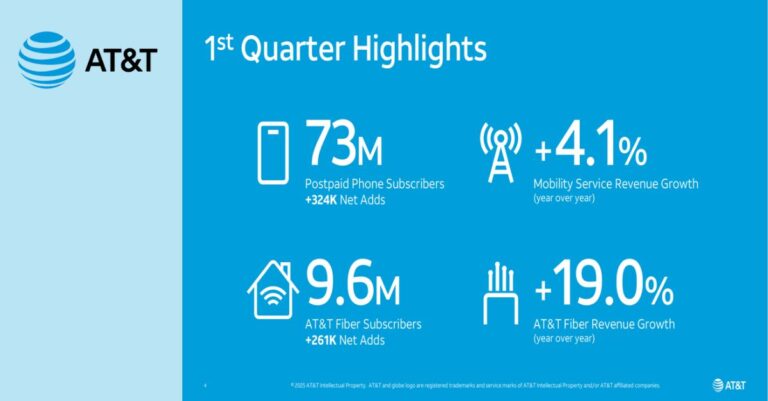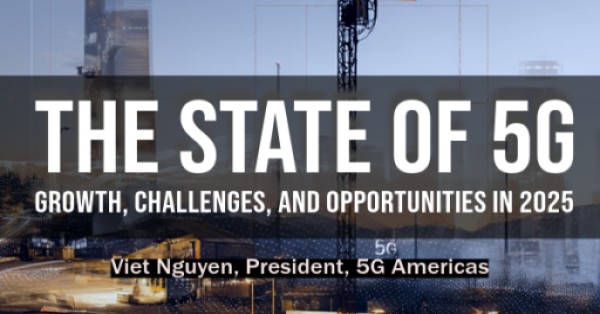The Cellular Operators Association of India (COAI), representing key telecom operators such as Reliance Jio, Bharti Airtel, and Vodafone Idea, has intensified its opposition to the direct allocation of spectrum to enterprises for private 5G networks. COAI argues that India’s telecom ecosystem, fiscal priorities, and national security concerns make such an approach unsuitable, advocating instead for enterprise 5G requirements to be met exclusively through licensed Telecom Service Providers (TSPs) via spectrum leasing or network slicing.
COAI’s Case Against Direct Spectrum Allocation
COAI’s central argument is that the Indian market differs fundamentally from countries like the US, Finland, Germany, and the UK, where direct spectrum allocation has been implemented. In these countries, private 5G is often deployed in remote industrial zones with limited public mobile coverage. In India, however, most enterprise clusters and industrial corridors are located in urban and semi-urban areas already well-served by licensed operators. According to COAI Director General S P Kochhar, the case for bypassing operators is weak because coverage gaps are minimal in these areas, and TSPs are actively rolling out 5G networks nationwide.
The association also disputes the notion that running independent private 5G networks is more cost-effective for enterprises. Beyond the upfront expense of equipment, enterprises would face significant ongoing costs for spectrum management, security compliance, network maintenance, and the skilled manpower needed to operate the network efficiently. “What appears cheaper on paper could become more expensive and operationally burdensome in practice,” Kochhar noted.
Interference, Costs, and Revenue Loss Risks in Direct Spectrum Allocation
From a technical perspective, COAI warns that radio frequencies used in private networks cannot be geographically contained, creating a risk of interference with public mobile networks operating in adjacent bands. Economically, bypassing spectrum auctions could be a blow to public finances. India’s 2022 spectrum auction generated ₹1.5 lakh crore for the national exchequer. Allowing enterprises to obtain spectrum directly from the Department of Telecommunications (DoT) would bypass this process, leading to substantial revenue loss and creating an uneven competitive landscape where private entities benefit from telecom infrastructure without the same financial and regulatory obligations as licensed operators.
Security Risks of Independent Private 5G Networks
National security is another focal point of COAI’s argument. Private networks managed by unlicensed or foreign entities could hinder lawful interception, user traceability, and emergency response coordination. Without strict oversight, such networks could expose India to cybersecurity threats, surveillance risks, and data breaches. COAI insists that the operator-led model ensures a controlled, accountable environment for spectrum use, safeguarding both security and economic stability.
DoT Weighs TRAI’s Private 5G Spectrum Proposal
The DoT is currently reviewing the potential for directly licensing spectrum for captive non-public networks (CNPNs), following a recommendation by the Telecom Regulatory Authority of India (TRAI) in early 2025. The review included a demand survey targeting large enterprises with a net worth above ₹100 crore to assess interest in direct spectrum licensing. While the Broadband India Forum (BIF) has championed international models, COAI remains firm that India’s unique conditions require a different approach. A previous DoT study found that India’s device ecosystem is still maturing and may not be fully ready to support large-scale private 5G rollouts without operator involvement.
How Private 5G Spectrum Policies Differ Worldwide
Globally, direct spectrum allocation for private 5G has taken different forms.
-
Germany carved out portions of the n78 mid-band specifically for industrial 5G use, enabling automotive manufacturers and logistics hubs to run dedicated networks.
-
The US allows enterprises to lease or directly acquire mid-band CBRS spectrum for private deployments.
- Brazil has adopted a liberal spectrum policy, enabling both direct enterprise licensing and operator-led models, resulting in a more diverse private network ecosystem.
COAI argues that these models are not directly applicable to India due to its high population density, integrated urban-industrial environments, and the strategic role of national telecom operators.
India vs Global Private 5G Spectrum Policy: A Comparative View
| Country/Region | Spectrum Bands Available | Licensing Model | Enterprise Access | Deployment Focus | Key Notes |
|---|---|---|---|---|---|
| India | Primarily via public 5G spectrum (n78, n79, mmWave under operator control) | Operator-led leasing or network slicing | No direct licensing yet | Urban industrial zones, public network coverage areas | COAI opposes direct allocation due to security, revenue, and regulatory concerns |
| Germany | n78 (3.7–3.8 GHz) | Direct enterprise licensing | Yes – up to 100 MHz per enterprise | Automotive, logistics, manufacturing hubs | Model widely cited as enabling Industry 4.0 innovation |
| United States | CBRS (3.55–3.7 GHz), mmWave | Shared spectrum + Priority Access Licenses | Yes – enterprises can directly acquire or lease spectrum | Ports, healthcare, manufacturing, smart cities | CBRS seen as a catalyst for rapid private network adoption |
| United Kingdom | n77/n78 mid-band, 26 GHz mmWave | Shared access/local licences | Yes – light licensing model | Ports, factories, rural broadband | Ofcom’s light-touch licensing praised for ease of enterprise adoption |
| Brazil | n78, mmWave | Mixed model: direct + operator-led | Yes – enterprises and integrators eligible | Mining, agriculture, energy | Liberal policy has doubled number of private network deployments vs India |
| Finland | 2.3 GHz, n78 | Direct licensing | Yes – small and large enterprises | Heavy industry, energy sector | Strong industrial uptake, especially in remote sites |
Critics Warn of Innovation Risks if Spectrum Access is Limited
Vendors, integrators, and some industry analysts warn that restricting access to spectrum could stifle India’s Industry 4.0 growth, particularly in manufacturing, logistics, healthcare, agriculture, and smart cities. Liberalising mid-band spectrum, such as the n78 and n79 bands, could drive adoption and innovation, with integrators and operators competing to deliver the most efficient solutions. Critics of COAI’s stance argue that an operator-led model alone has not produced the desired level of private 5G deployments, and that India risks lagging behind other major economies in industrial digitalisation.
What’s Next for India’s Private 5G Spectrum Policy
The outcome of the DoT’s review could set the tone for India’s private 5G market for years to come. TRAI’s recommendations, combined with enterprise demand, will influence whether India maintains an operator-centric model or opens the door to more flexible licensing frameworks. Analysts project that India’s private 5G market could grow from $30.6 million in 2023 to $674.6 million by 2030, but achieving this potential will depend on regulatory clarity and spectrum access. While COAI’s stance prioritises revenue protection, regulatory parity, and national security, proponents of direct spectrum allocation argue that flexibility is key to unlocking innovation and competitiveness in India’s digital economy.



























